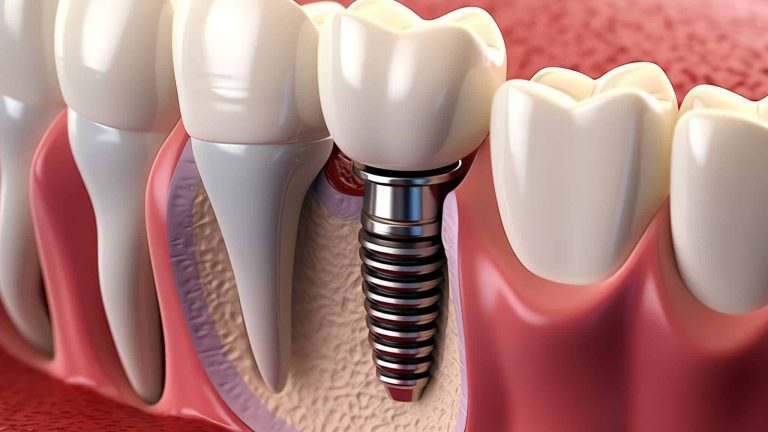Tooth loss is a common experience that can affect both the functionality of the mouth and self-esteem. Whether due to cavities, gum disease, accidents, or aging, the absence of one or more teeth can make everyday activities like eating and speaking difficult, as well as create insecurity when smiling. However, thanks to advancements in dentistry, there are multiple options to regain a healthy smile and feel confident again.
In this article, we will explore how tooth loss impacts daily life, the available solutions, and the steps to regain confidence in your smile.
The Impact of Tooth Loss on Daily Life
The absence of teeth can have both physical and emotional consequences. Understanding these effects is the first step toward seeking an appropriate solution.
1. Functional Changes
- Difficulty Eating: Tooth loss can limit the ability to chew certain foods, affecting nutrition.
- Speech Problems: Teeth play a crucial role in the pronunciation of certain sounds. Their absence can cause difficulties in speaking.
2. Aesthetic Changes
- Alterations in Smile: Empty spaces can make people feel uncomfortable smiling or speaking in public.
- Loss of Facial Structure: Missing teeth can lead to bone resorption, which affects the support of facial tissues and causes an aged appearance.
3. Emotional Impact
- Low Self-Esteem: Many people feel embarrassed by the appearance of their smile, affecting their confidence in social and professional interactions.
- Social Anxiety: Fear of judgment or criticism can lead to avoiding social gatherings or situations requiring public speaking.
Options to Restore Your Smile
Fortunately, modern dentistry offers personalized solutions for every case of tooth loss. Here are the most effective options:
1. Dental Implants
Dental implants are a permanent solution that replaces both the root and crown of the missing tooth.
- Advantages:
- They are durable and function like natural teeth.
- They help prevent bone loss by stimulating the jawbone.
- They provide a natural aesthetic appearance.
- Process:
- Surgical placement of the implant in the bone.
- Healing period (osseointegration).
- Placement of a custom crown.
2. Dental Bridges
Dental bridges are used to replace one or more consecutive teeth. They are attached to adjacent natural teeth or implants.
- Advantages:
- Quick and effective solution for small gaps.
- Aesthetically pleasing and functional.
- Considerations:
- Requires reshaping adjacent teeth for placement.
3. Removable Dentures
Removable dentures are an economical and versatile option for replacing multiple teeth.
- Types:
- Partial: Replace some teeth.
- Complete: Replace all teeth in an arch.
- Advantages:
- Affordable and easy to adjust.
- Can be removed for cleaning.
4. Dental Veneers
For cases where teeth are not completely missing but have cosmetic damage, veneers can restore the appearance of the smile.
- Advantages:
- Correct imperfections like stains, cracks, or misaligned teeth.
- Provide immediate aesthetic results.
The Recovery Process
Regaining confidence in your smile after tooth loss is not just a physical process but also an emotional one. Here are key steps to help you along the way:
1. Consult a Specialist
A specialized dentist can evaluate your situation and recommend the best solution. During the consultation, the following will be performed:
- Clinical exams.
- X-rays or CT scans to assess bone and tissue health.
- Personalized treatment planning.
2. Personalized Treatment
Treatment may include a combination of procedures, such as implant placement, prosthetic fabrication, or cosmetic adjustments. Following your dentist’s recommendations is essential for a successful outcome.
3. Post-Treatment Care
After treatment, maintenance is essential to prolong the lifespan of dental solutions:
- Brush your teeth and prosthetics regularly.
- Use dental floss or special tools to clean hard-to-reach areas.
- Attend regular check-ups with your dentist.
4. Adaptation and Confidence
It’s normal to take time to adjust to a new prosthetic or implant. Practice smiling in front of a mirror and talk with close friends or family to regain confidence in social settings.
Tips to Boost Confidence in Your Smile
In addition to physically restoring missing teeth, there are ways to work on your self-esteem and project a confident image:
1. Maintain Oral Health
A clean and healthy mouth not only improves aesthetics but also prevents future dental problems. Adopt a daily oral care routine.
2. Consider Complementary Treatments
- Teeth Whitening: Can enhance the appearance of remaining teeth.
- Dental Contouring: Helps align and improve the shape of teeth.
3. Consult a Mental Health Professional
If tooth loss has significantly affected your self-esteem, talking to a psychologist can help manage feelings of insecurity and anxiety.
4. Engage in Social Activities
Regaining confidence involves exposing yourself to social situations. Practice smiling and speaking in public to feel more comfortable with your new smile.
Preventing Future Dental Problems
Once you have restored your smile, it is essential to take steps to prevent additional problems:
- Rigorous Oral Hygiene: Brush your teeth after every meal and use mouthwash.
- Avoid Harmful Habits: Do not use teeth to open objects and avoid very hard or sticky foods.
- Regular Dental Visits: Schedule check-ups at least twice a year to detect problems early.
Conclusion
Tooth loss doesn’t have to be the end of a confident smile. With the advanced treatments available today, it is possible to restore both the functionality and aesthetics of your mouth. Beyond the physical aspects, regaining confidence in your smile involves a comprehensive approach that combines dental care, post-treatment maintenance, and self-esteem work. By taking action, you can smile with pride again and enjoy a full and confident life.




